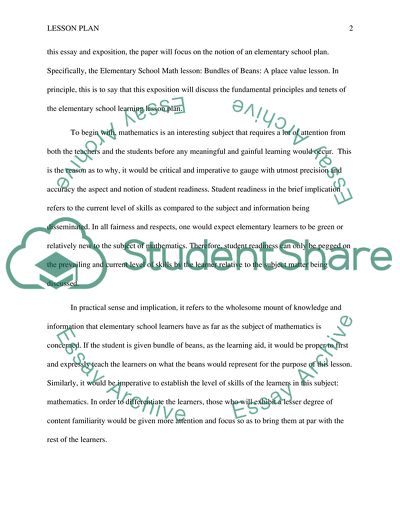Cite this document
(“Lesson Plan on the Example of the Elementary School Math Lesson Essay”, n.d.)
Lesson Plan on the Example of the Elementary School Math Lesson Essay. Retrieved from https://studentshare.org/english/1681253-lesson-plan-revision-and-analysis
Lesson Plan on the Example of the Elementary School Math Lesson Essay. Retrieved from https://studentshare.org/english/1681253-lesson-plan-revision-and-analysis
(Lesson Plan on the Example of the Elementary School Math Lesson Essay)
Lesson Plan on the Example of the Elementary School Math Lesson Essay. https://studentshare.org/english/1681253-lesson-plan-revision-and-analysis.
Lesson Plan on the Example of the Elementary School Math Lesson Essay. https://studentshare.org/english/1681253-lesson-plan-revision-and-analysis.
“Lesson Plan on the Example of the Elementary School Math Lesson Essay”, n.d. https://studentshare.org/english/1681253-lesson-plan-revision-and-analysis.


